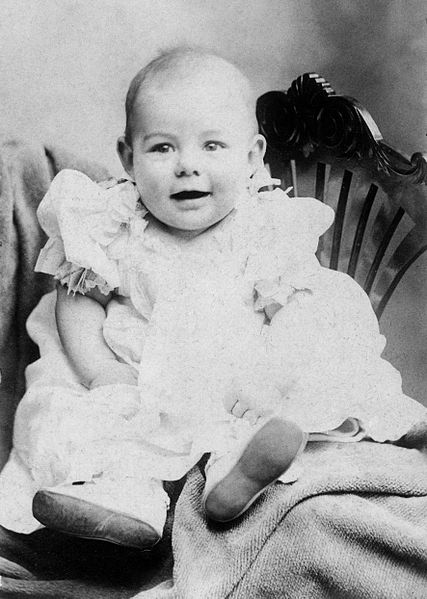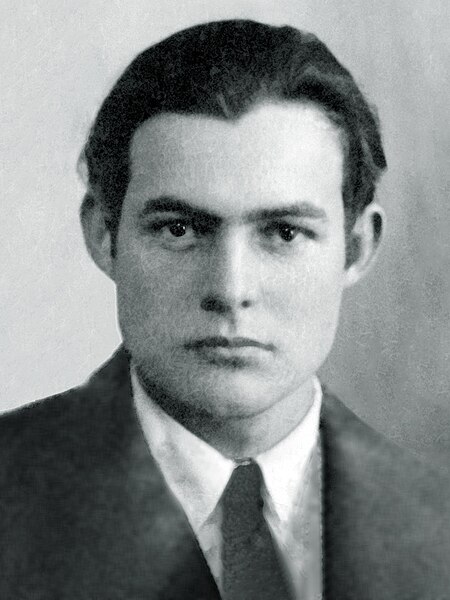Green Hills of Africa is a 1935 work of nonfiction by American writer Ernest Hemingway. Hemingway's second work of nonfiction, Green Hills of Africa is an account of a month on safari he and his wife, Pauline Marie Pfeiffer, took in East Africa during December 1933. Green Hills of Africa is divided into four parts: "Pursuit and Conversation", "Pursuit Remembered", "Pursuit and Failure", and "Pursuit as Happiness", each of which plays a different role in the story.
First edition
Ernest Hemingway poses with skulls of kudu and female of sable antelope. East Africa, February 1934. JFK Library
Ernest Miller Hemingway was an American novelist, short-story writer and journalist. Best known for an economical, understated style that significantly influenced later 20th-century writers, he is often romanticized for his adventurous lifestyle, and outspoken and blunt public image. Most of Hemingway's works were published between the mid-1920s and mid-1950s, including seven novels, six short-story collections and two non-fiction works. His writings have become classics of American literature; he was awarded the 1954 Nobel Prize in Literature, while three of his novels, four short-story collections and three nonfiction works were published posthumously.
Hemingway working on For Whom the Bell Tolls at the Sun Valley Lodge, 1939
Hemingway was the second child and first son born to Clarence and Grace.
Hemingway in uniform in Milan in 1918, where he drove ambulances for two months until he was wounded.
Hemingway's 1923 passport photo; at this time, he lived in Paris with his wife Hadley and worked as a foreign correspondent for the Toronto Star Weekly.






